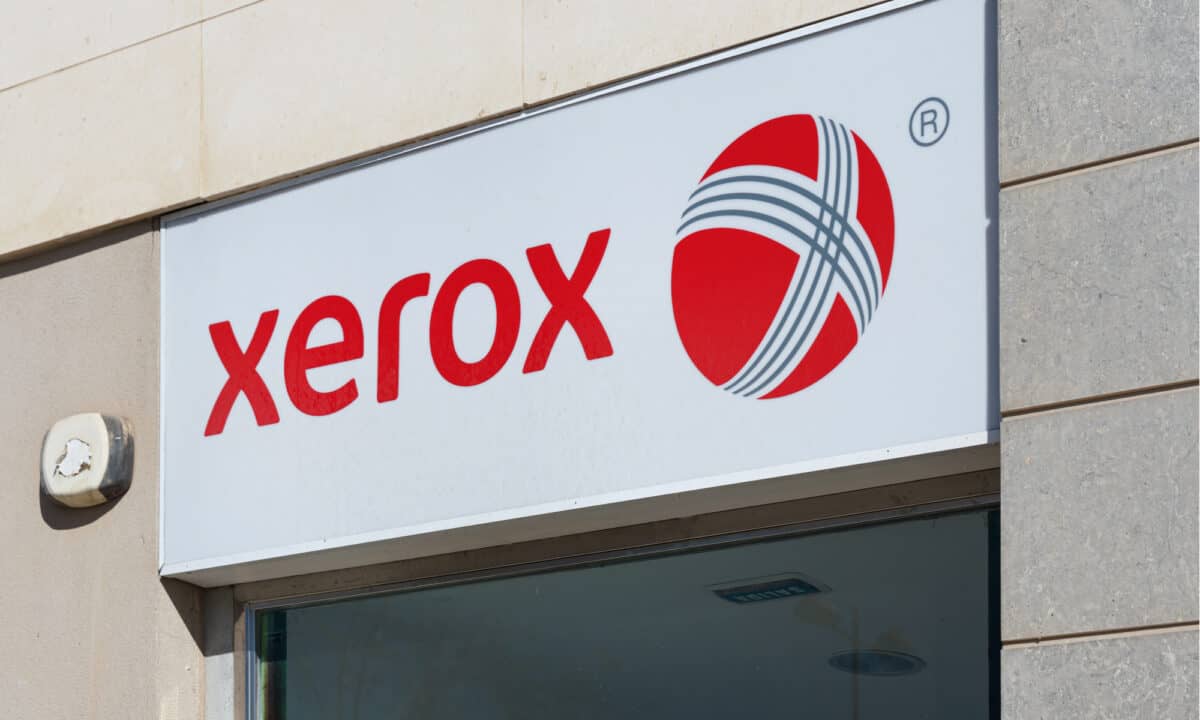Four Facts About the Xerox NoteTaker
- The NoteTaker inspired the Compaq Portable and Osborne 1 computers.
- This personal computer was termed a “luggable” computer. It had a portable case, but at 48 pounds it’s size made it not the most convenient to carry around the office.
- The 128 kB of RAM, while laughable by today’s standards, was an impressive amount for one of the first portable computer designs in 1976.
- It’s estimated that the Xerox NoteTaker would have cost approximately $50,000 due to high-end hardware.

The History of Xerox NoteTaker: What to Know
The NoteTaker was one of the first portable computer options. It weighed a hefty 48 pounds and operated on a 1 MHz CPU and 128 kB of RAM. It strongly influenced the design of some later computers like Osborne 1 and Compaq Portable.
Here are a few of the key features of this prototype computer:
- Seven-inch CRT monitor displaying 640 dots horizontally and 480 dots vertically
- Central CPU with 1 MHz Intel 8086 processor
- Local memory of 4K 16-bit words
- Minimum of 128 kB of 16-bit RAM
- A 300 bps modem
- Two-inch speaker for audio output
- A transparent overlay tablet for pointing on the screen
- An analog-to-digital converter with an 8-input multiplexer
- A two-channel digital-to-analog converter
- Floppy disk drive, mouse, and keyboard
- Ethernet, EIA, and IEEE bus interfaces
In 1976, a Xerox Corporation team led by Douglas G. Fairbairn developed the Xerox NoteTaker. Douglass used to work on the famous Xerox Alto project, which pioneered the graphical user interface. The Xerox Corporation team created this early computer design at Xerox Corporation PARC in Palo Alto, California. NoteTaker relied heavily on the earlier Dynabook project of Alan Kay. Neither computer entered commercial production, and only around ten units of this prototype were ever built due in part to its size and cost.
The computer had highly advanced technology in 1978. The display monitor, disk drive (floppy), and mouse were top-of-the-line for the era. The computer fits into a portable machine, similar to the hard cases that come with sewing machines. Altogether it weighed 49 pounds. That is pretty heavy compared to modern-day computers that fit in the palm of our hands, like smartphones and tablets, but in 1978 if was one of the first proofs of this concept in action.
The Public Response

Xerox was founded in 1906.
©lma_ss/Shutterstock.com
The NoteTaker wasn’t produced commercially. While it included features that were state-of-the-art at the time, like Ethernet connectivity and a floppy disk drive, the price tag kept the unit from becoming popular for personal or business use.
While the computer itself didn’t become a memorable product, the research performed by Douglas G. Fairbairn and the Xerox PARC team on this and other systems translated into ground-breaking computers and industry-changing technologies. As a research lab, Xerox PARC introduced laser printing, Ethernet, and other important additions to the history of computers.